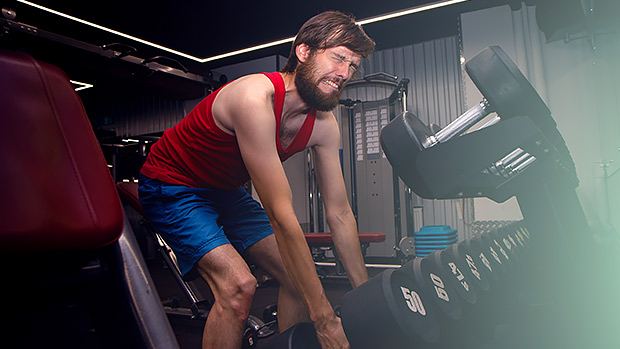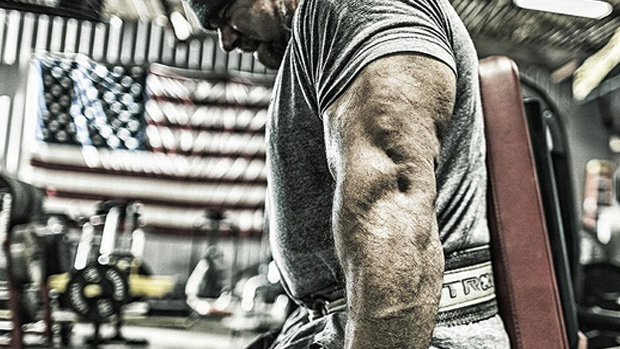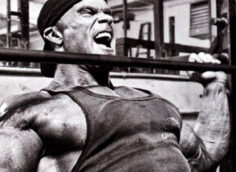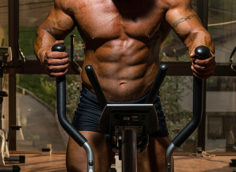You're going to make mistakes. There isn't a lifter on the planet who hasn't. You'll make mistakes with your form, your programming, and even your outlook. The key to getting better is to learn from your mistakes. Better yet, learn from those who have screwed up before you, so you don't have to.
Here are three common mistakes to look out for that will either get you injured, stall your progress, or waste your time:
The number one way to get injured is to lift with your ego. It's good to test your strength from time to time, but if you find yourself centering your entire workout on impressing others – or trying to PR every time you hit the gym – your body is inevitably going to break down.
Pushing yourself is awesome, but lifting for the sake of Instagram likes will wreck you. While your muscles may actually be able to take the heavy lifting, your tendons and ligaments surrounding your joints cannot. This is why so many young lifters have shoulder injuries with the bench press, knee issues with the squat, and back problems with the deadlift. They go too heavy, too often.
If your body is contorting like you're on the receiving end of an exorcism, it's time to check your ego and do what's right. If you're unsure whether or not you're an ego lifter, ask yourself this:
"If nobody was around to see my lift, would I still do it?" If the answer's no, you're about to ego lift.
Yes, high levels of effort and consistency are a must if you want to improve your strength or physique. By all means, train your ass off. But alternate your workouts between heavy, medium, and light days, or take a deload week from time to time if you plan to stay in the iron game for the long haul.

It's important to recognize deviations from your ideal form, but don't let every slight aberration in technique keep you from going up in weight.
While you should strive for technically sound execution, overanalyzing every slight deviation in form will leave you feeling confused and will stall your progress.
No, don't turn into an ego lifter, but if your form is flawless on every rep, during every set of every workout, you aren't pushing yourself. The key is knowing when your lift is slightly off versus when your lift has gone full FUBAR.
Let's take a look at knee caving with the squat. If your knees cave in a little bit and you immediately push them back out, you're most likely going to be fine. This often happens with some of the best Olympic lifters on the planet, but it doesn't stop them from continuing to push themselves.
If, on the other hand, it's taking you ten seconds to get your squat up, your knees are about to knock together, and it looks like somebody should be spotting your sphincter to make sure it doesn't blow out through your shorts, you might want to tone it down a notch.
The key point to remember? There's some nuance when it comes to progressive overload.
This refers to spending the majority of your time on things that aren't going to have a big payoff. If your program includes twenty different variations of curls and triceps extensions yet has hardly any compound movements such as squatting and pulling, you're spending a lot of time doing something that will give you very little bang for your buck.
Having an entire day dedicated to your biceps and triceps really only works well if you're on steroids. But if you take enough steroids, pretty much anything will work for you anyway.
Apply the good ol' 80/20 rule. About 80 percent of your lifts should be big compound movements. Save the other 20 percent of your training for isolation movements.
You only have so much training currency to spend, so spend it on exercises that involve a lot of musculature. This will save you a lot of time and will ensure your time spent will actually deliver results.
Building your body is like building a house. Before you start doing any decorating, you need to have a solid foundation. Big compound movements are your foundation. Single-joint isolation exercises are the decorations.




